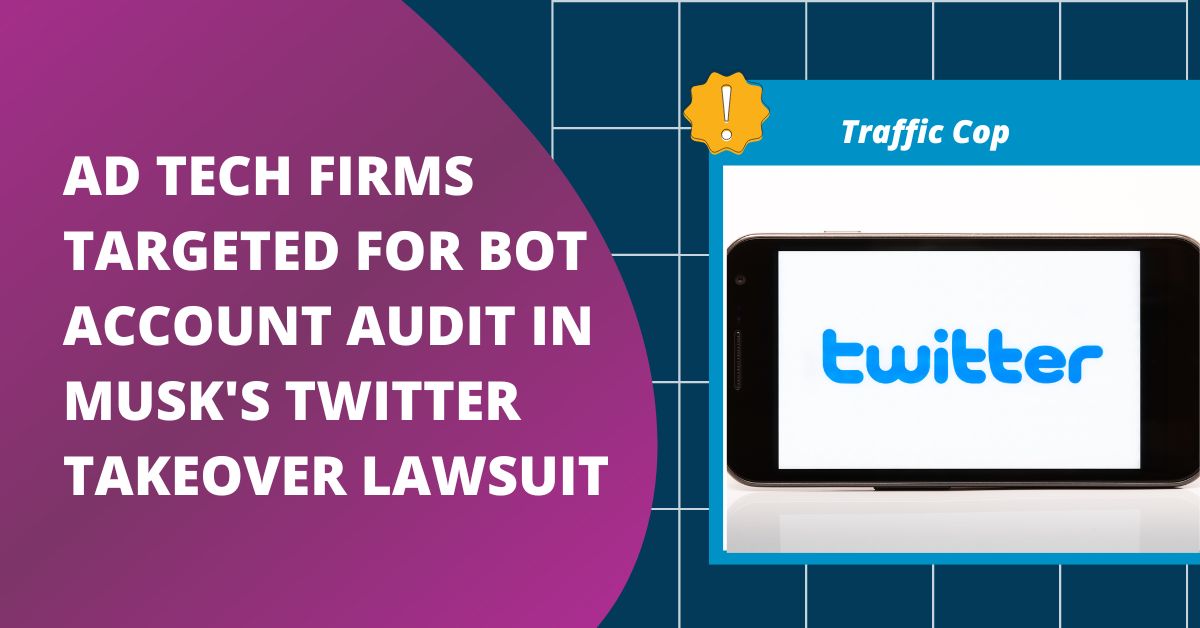
This post was most recently updated on January 18th, 2023
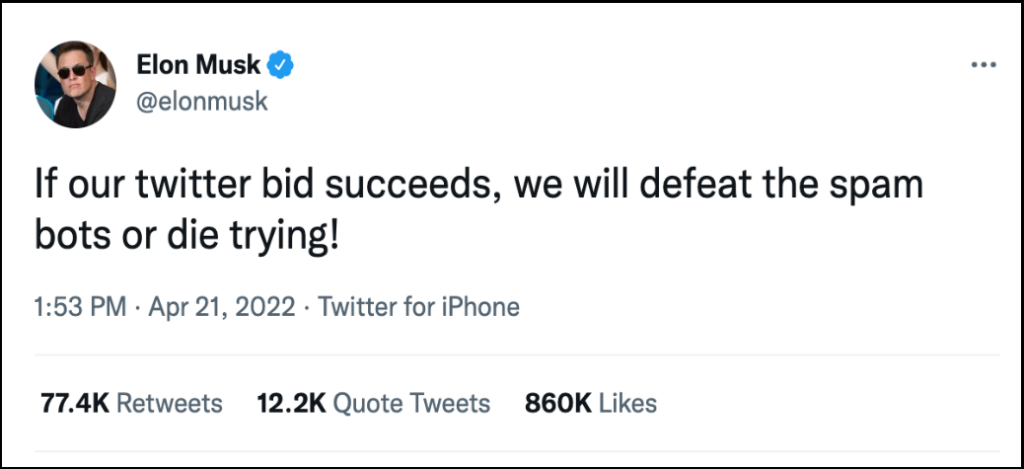
Elon Musk’s Twitter team has been probing online advertising firms to help him investigate the volume of bots and Twitter bots according to recent Delaware court filings.
Ever since he decided to buy Twitter, he stood strong by the fact that Twitter is hiding information on how it has been calculating the total percentage of bots as he attempts to get away from the $44 billion agreement.
Musk’s legal team has subpoenaed both AdTech companies, Integral Ad Science (IAS) & DoubleVerify on their ongoing Twitter accounts and user base audit. Both these AdTech companies use machine learning to check if ads are being viewed by humans and if the impressions are not being wasted.
Services such as these ensure that ads paid for by advertisers reach potential customers rather than automated bots.
While IAS, which has a partnership with Twitter and is responsible for reviewing the service’s ads, has come forward saying that it will comply with the subpoena, DoubleVerify remains quiet about whether or not it will do the same.
Twitter has long been under scrutiny for fudging its daily active user metrics, but now Tesla CEO Elon Musk is accusing the social media platform of inflating its monetizable daily active user (DAU) count by at least 2x.
Twitter still stands by its metrics. However, if Musk is correct about the alleged overstatement of Twitter’s most recent DAU count— the first since going public—then Twitter could be forced to pay billions in penalties.
As reported by Wired, the number of phony Twitter users have increased dramatically over the years, to a point where bots even composed more than half of social media traffic in certain countries.
Musk and other critics argue that Twitter’s massive volume of fake bot accounts will not attract new advertisers, who pay for ads based on the number of people who are likely to view them.
Even with all the efforts, musk’s twitter has been putting into combating fake accounts, bad bots and spam traffic still plague its platform.
We can all agree that bots are definitely part of the social media landscape, and it goes beyond just Twitter. However, whether or not they surpass the number of human daily active users has been under a lot of speculation lately.
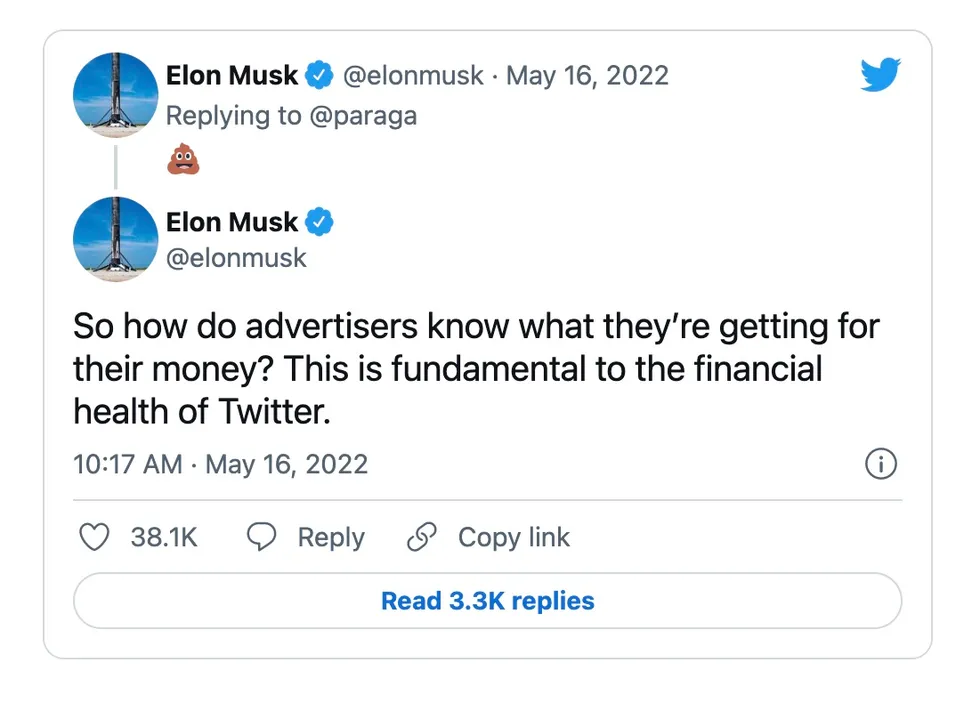
Twitter regularly publishes estimates of the number of bots on the platform and has stated that such accounts account for less than 5% of monetizable daily active users. However, their claims are not true.
Twitter’s spam bot traffic comes from a combination of two primary sources:
Everyone knows about the bot traffic problem on Twitter. To recap, bots are automated accounts that can be programmed to create content or can be set up to automatically like or retweet content from another account. Some bots are helpful, but some can be used maliciously.
Controversially, Twitter has come under fire for not doing enough about its bot traffic, especially after a study showed that the majority of all accounts on Twitter might be bots. It’s not just the numerous spam accounts, but also the prevalence of fake news and false information spreading throughout Twitter that has caused alarm bells to go off. Some have even gone so far as to say that Twitter’s stock price would drop if the company doesn’t do something fast—but is all of this really indicative of a problem?

We should all care deeply about it because bot traffic leads to low engagement rates, and low engagement rates lead to bad experiences for your users, and bad experiences lead to poor retention rates.
If I am a publisher and I want to improve my ROI, I would like my ads to be shown in front of people who will click on them, who will sign up for my service, or who will buy my product. This requires action on the part of whoever is serving me the ad.
I get it: companies care about scale and growth. Twitter is no exception to this rule—after all, they have a business model that revolves around advertising, so it should care very much about its audiences. Advertisers will be more inclined to advertise on Twitter if they think the traffic is real, and if people can’t tell that their ad was served next to a bot’s tweet, the whole process falls apart.
I am not saying that Twitter isn’t doing anything at all to stop bot traffic from seeping into their platform; I’m sure they’re working on it as we speak. But I think we need to realize the sheer scale of the problem here—there are hundreds of thousands (if not millions) of automated accounts posting tens or hundreds of thousands of tweets per year.
In order to take care of this situation in a timely manner, Twitter will have to devote many more resources than what they currently have available towards stopping bot-created accounts as soon as possible.
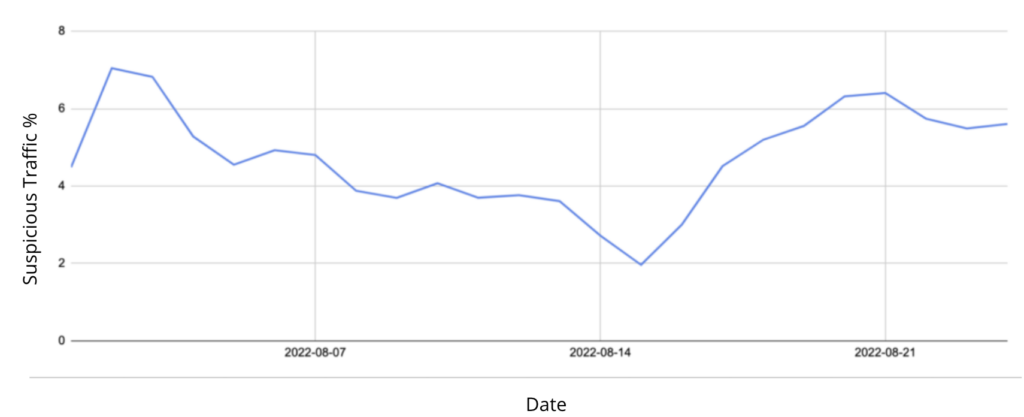
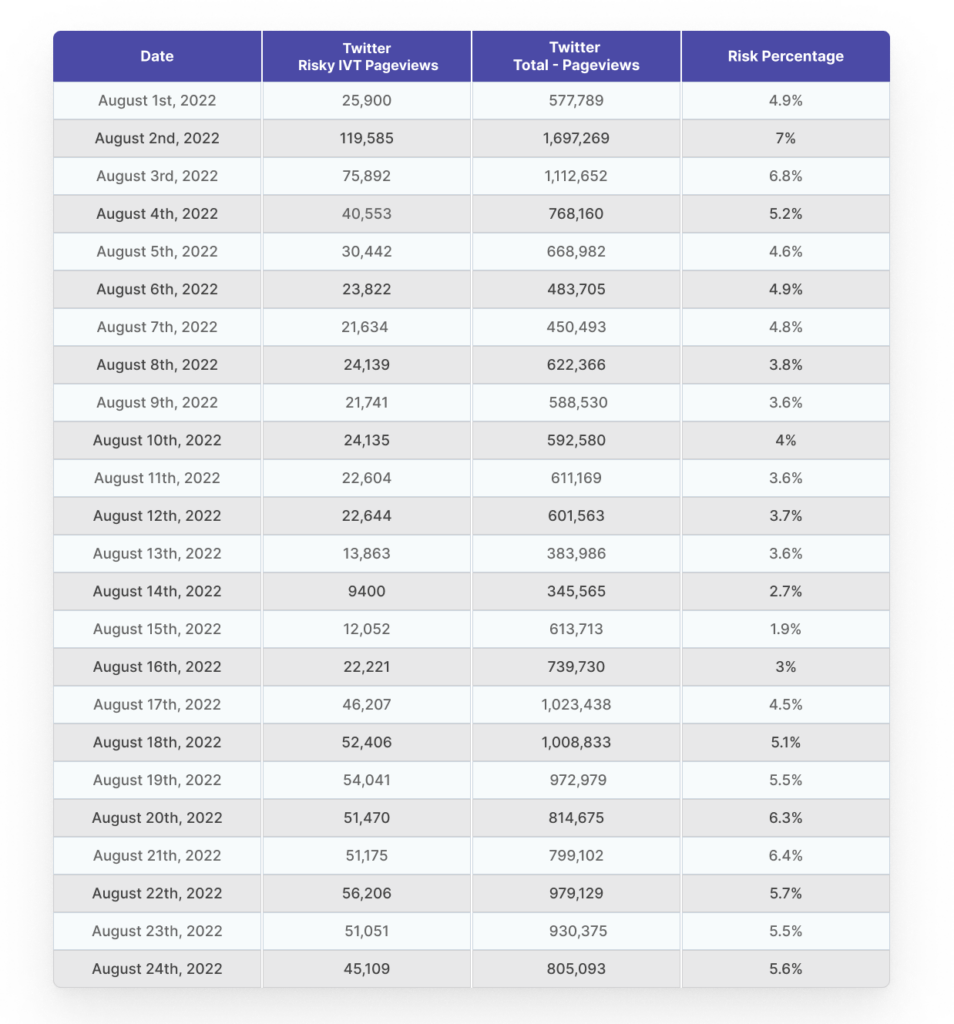
We handle ad inventories for 1000+ domains at MonetizeMore. In our recent analysis across these domains, we found around 4.86% of the traffic landing from Twitter is malicious in nature.
How to determine if traffic is malicious in nature? The question is tricky since there is an exact consensus among fraud traffic researchers on this topic. However, most agree on some of the essential criteria for traffic to be considered malicious or invalid.
Traffic Cop is primarily designed to tackle traffic that is harmful for ad inventories. Traffic Cop looks into cues such as network parameters, browser variables, browsing behavior, click patterns, etc. Therefore a profile that may be deemed as fake by fraud traffic researchers may not be considered malicious traffic by Traffic Cop and the opposite can also be true.
In order to reduce the margin of error in our findings, we have randomly sampled 6 months of data in 1-day and 7-days of data. We also looked into the 7-days, 30-days, and 90-days subsets. We ran multiple iterations of the tests which eventually gave us an average of 4.86% IVT. The graph and the table above represent the malicious traffic percentage from Twitter from August 1st or August 21st 2022.
You can use the Traffic Cop dashboard to dig deeper into the traffic quality on your site. As seen above, the Traffic Type segment from this click fraud solution tool classifies incoming traffic on your site into different categories like search engine crawlers, blacklisted IP addresses, etc.
You can use the Traffic Cop dashboard to dig deeper into the traffic quality coming into your siteMonetizeMore’s Traffic Cop is the all-in-one Invalid Traffic Solution that detects & blocks all types of invalid click activity on your site including bots, spam clicks, abusive clicks, and all other variants of digital ad fraud. Publishers like Androidwaves used Traffic Cop to eliminate all spam clicks on their ads and stop other sophisticated invalid click activity.
Here are some of the cool bot detection and blocking features Traffic Cop offers:
1- Ad Click Count by IP shows the total amount of ads clicked per IP address.
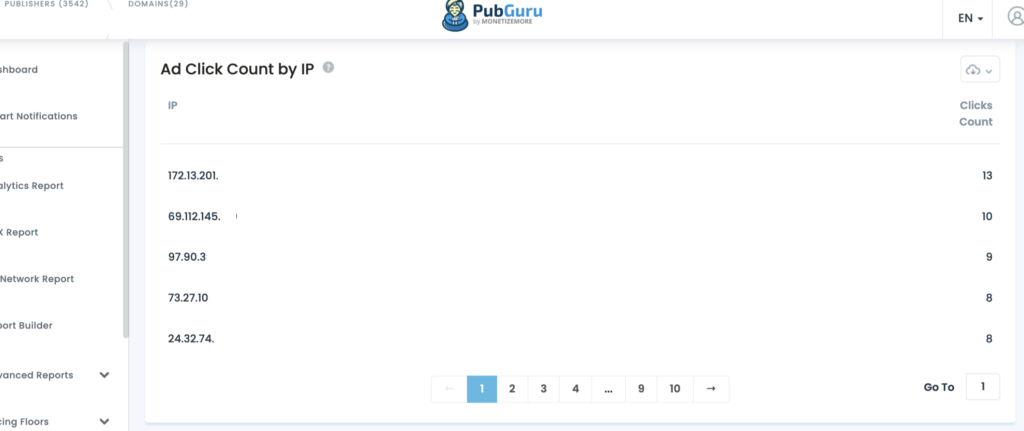
2- IVT by Country shows the percentage of incoming invalid traffic from different countries as you can see below:
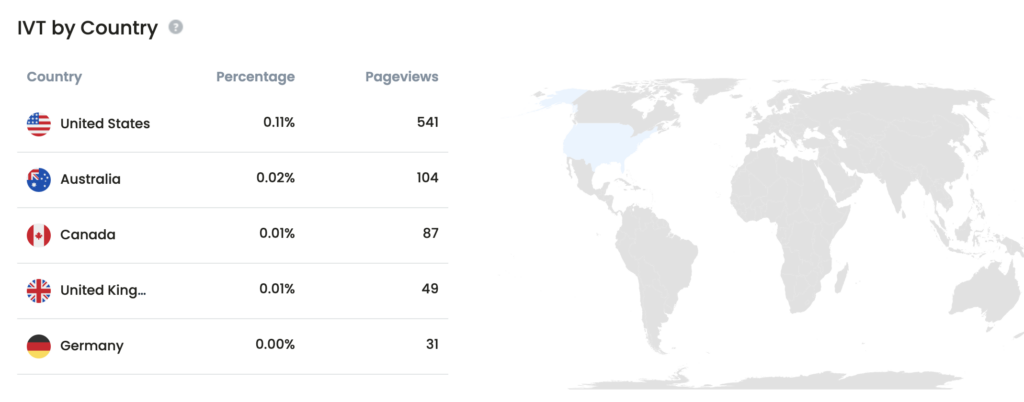
3- IVT by device shows your website’s incoming invalid traffic categorized by device type while IVY by UTM Source shows IVT categorized by the available UTM source values.
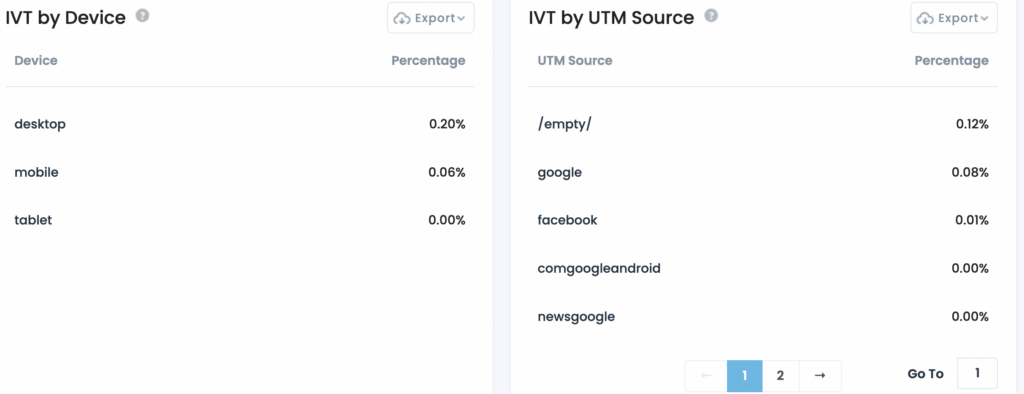
4- Sessions with High CTR or clickthrough rates show the percentage of sessions with a high click-through rate categorized by date.
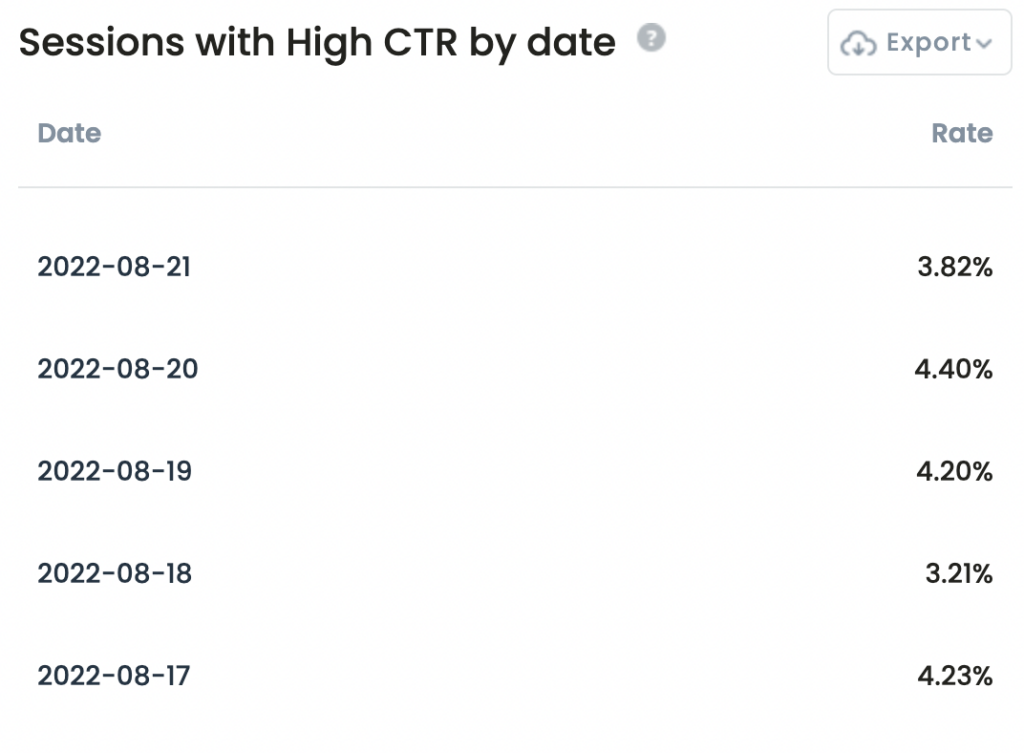
5- ASPV stands for ad stacking policy violations. This section shows the total number of policy violations found on your website for each ASPV type. Learn More about Ad Setup Policy Violation here.

These are just some of the features this bot killer offers, there’s a lot more to it which you can try out here. Traffic Cop lets you track all bot-proofing activity in real-time. Our AI algorithm instantly predicts the likelihood of spam clicks, abusive clicks, and click farms on your ads. Once set up, sit back and relax because Traffic Cop will measure and block bots and invalid click activity with zero intervention from your end.
Traffic Cop detects ASPV that stands for Ad Stacking Policy Violations which IAS or Double Verify doesn't. This enables Traffic Cop to detect more sophisticated IVT which would get past the filters of IAS and Double Verify.
Twitter's spam accounts and bot traffic is around 4.86%. This means that there are more than 16.5 million bots on Twitter.

With over ten years at the forefront of programmatic advertising, Aleesha Jacob is a renowned Ad-Tech expert, blending innovative strategies with cutting-edge technology. Her insights have reshaped programmatic advertising, leading to groundbreaking campaigns and 10X ROI increases for publishers and global brands. She believes in setting new standards in dynamic ad targeting and optimization.
10X your ad revenue with our award-winning solutions.